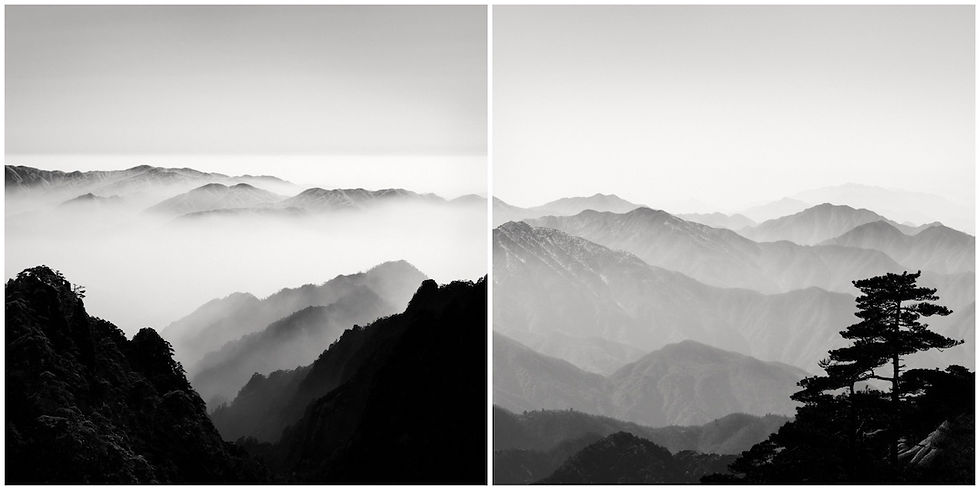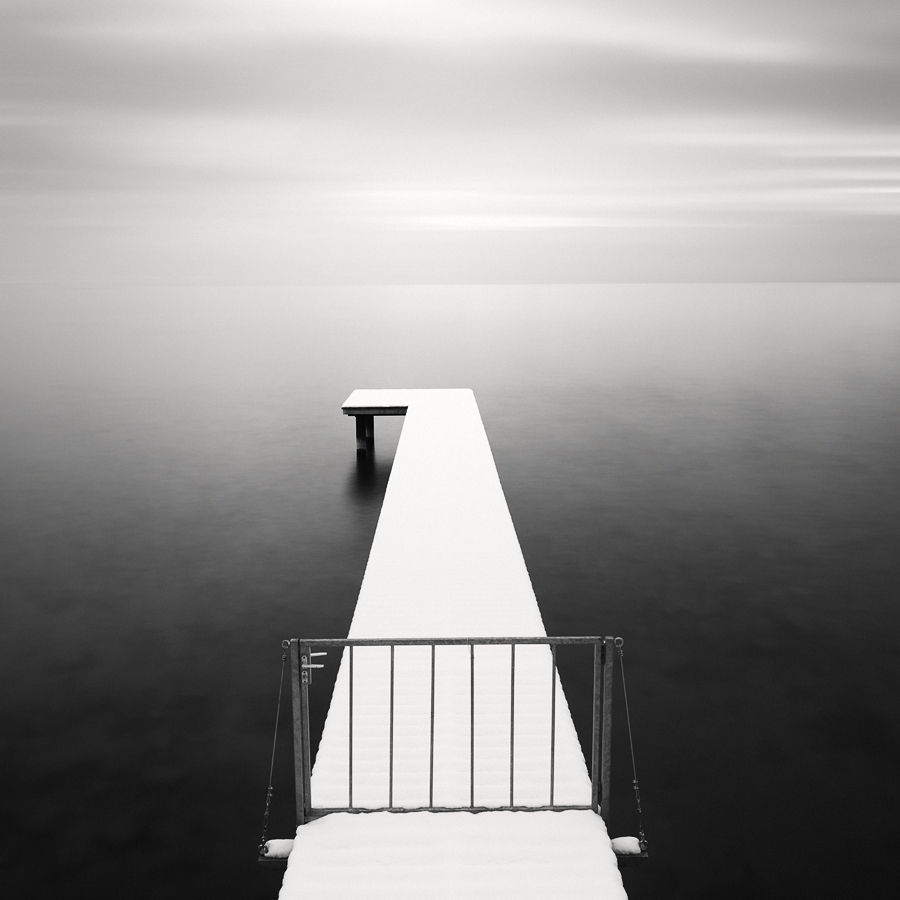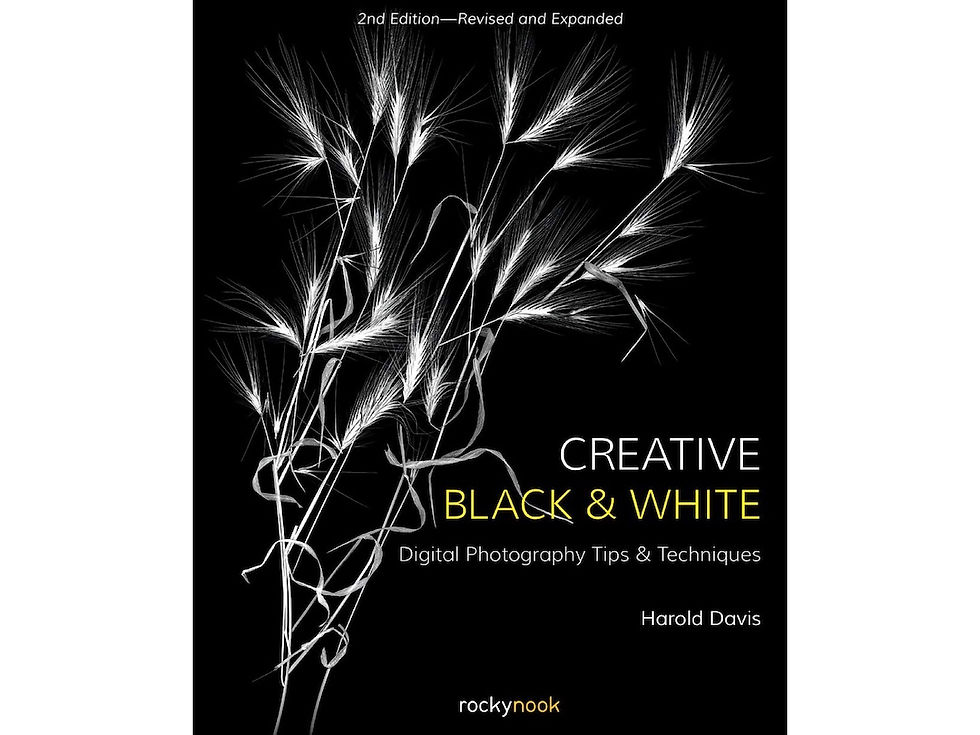Interview for Photographize Magazine, 2019
- Olivier

- Mar 2, 2019
- 13 min read
Updated: Aug 17, 2025
It was a great honor to be interviewed by Photographize Magazine about my work in general and, more specifically, in Japan. A rare opportunity to reflect on 25 exciting years of photography in Japan and to make a more philosophical point about what photography represents to me today.

I hope you will enjoy reading it and perhaps, find additional useful information.
Tell us briefly about yourself. What was your path to become a photographer?
I was born in Belgium in 1970. Initiated very early to photography by my parents and relatives, I wanted to become a photo-reporter. Since it wasn’t possible around that time, I decided some years later to be a self-taught photographer.
When I was a child, I lived within an artistic context. My parents were enthusiast photographers and my father was also a painter. Since the age of 8, and as long as I remember, I’ve been fascinated by the dark room that we had in the cellar. Some years later, I started playing with their cameras. When I was 15, I got my first 35mm camera. A very important present that I keep preciously.
At the same time, I discovered Asia. This experience has drastically influenced my life. From then on, Asian culture and photography were closely linked.
In 1994, I graduated from the Institute of Landscape Architecture in Belgium and the year after, I moved to Geneva (Switzerland) for my first job, where I still live. I started my photography business as a secondary occupation and got my first orders for magazines and media. Later, I bought a studio equipment and worked for models, producing mainly black and white portfolios for an agency.
In 2004, I eventually decided to devote my time to personal photography projects about lakes and landscapes. From then on, I’ve spent my life traveling as much as possible, especially in Japan where I met my wife and where I found my main sources of inspiration.

You define your style as minimalistic. When did you first realize your passion for it?
Minimalism is a very trendy word in photography nowadays. When I arrived in Switzerland in 1995, I’ve immediately started a photography work about Lake Geneva. I didn’t expect it would become a long-term project. Around that time, I even didn’t know that ‘minimalism’ could be a style in photography. For me, it referred rather to a lifestyle or an architecture style. But more importantly, I don’t want to belong to a style since I like to feel free in my photography.
Nonetheless, after so many years, I must admit that a vast majority of my photographs are based on a ‘pared-down’ vision of the world. So, I would say that they refer to a minimalistic style even if it wasn’t my intention in the first place. Before all, I want my photographs to be the result of a personal choice and not the result of a rule or a style. That being said, I feel that many photographers are much more minimalist in their approach than I could be.

Your images simplify the world without dismissing the complex beauty that lies beyond sight. As the saying goes: “less is more”. How did your style evolve through the years?
I guess my work evolved more in terms of post-processing than in terms of personal expression. In addition, I tend to dedicate much more time in my photography sessions now than in the past and less time in post-processing.
Some of my projects offer me the opportunity to dive deeply in the simplicity of sceneries. For example, Winters and Waterscapes in Japan are two projects on which I have worked for more than a decade. These projects have an interesting evolution in terms of simplicity and lights. The more it goes, the less I want to show in my photographs: just what it takes to depict the essential parts of the landscapes. That is maybe my definition of minimalism…
Consequently, to have a full understanding of my work, one must consider each of my photograph as a part of a series until the point that it doesn’t have its own existence anymore. As part of a project, each of these photographs has something to say, something to add to the story of the project and from which it can’t be removed. This is a main characteristic of my work over time.
Does the particular history of a place influence how you develop your work? You photographed many sites, in many countries, what are your favorites?
Yes, for some projects. The reason for this is very simple. Apart from my landscape projects, my wife and I are also carrying out a long-term work about the Buddhist statuary. We are both interested in a specific sect called Shingon which was introduced in Japan from China during the 9th Century.
The historical researches about the spots and temples are inevitable and more than necessary. Over time, we have been searching intensively for some documents, texts or any information that would help us find some representative pieces of art. Bit by bit, we met important people, monks or temple owners in Japan who offered us the privilege to shoot some rarely shown statues. Except for this work, the history of a place rarely influences my photography. At least, not directly.
Travels are very important for us. Among all the places we have visited, I can say that I rarely had a real chemistry at a first glance for a place. I need some time to fully understand a landscape, a city or a country. I’ve been disappointed several times. Probably because I couldn't understand the context, the cultural influence, etc. In this particular case, I take a second chance to visit them again.
My favorite countries are obviously Japan since I have a family connection to it and China for the reasons I’ve mentioned. In addition, I really liked shooting in Germany, UK, Taiwan and Australia where I went a very long time ago. As for the cities, my favorite ones are Hong Kong and Singapore even if I am not an architecture photographer at all.

Is there a series or picture, in your entire production that has a special place in your heart or represents a milestone in your career?
Yes, absolutely. The Chinese mountains series. As said, I’ve discovered the Asian culture when I was a teenager. This has particularly affected my vision of the world and the way I was seeing the landscapes through my camera. Life went out, I grew up and some years later, I decided to devote a good part of my life to Japan and its culture. This is how I started my photography projects about this country.
But, the traditional Chinese landscape painting has always remained my first source of inspiration. I have kept in mind these imaginary visions as a background of my work. Some years ago, I decided to photograph these landscapes in China in the precise order I discovered them in my old books. A very personal approach that I’m carrying on with a Chinese friend who is helping me find my way in his country. I want this project to have an end but I still don’t know when precisely.
Consequently, my portfolio about China has a specific and emotional place in my heart and will definitely be a milestone in my career.
The series Hokkaido is a fantastic example of your artwork. Please tell us more about these photographs and the message they carry.
Thank you for your appreciation. It is a long story and a very important series for me.
Although I really wanted to, it took years for me to visit Hokkaido for the first time in spite of my regular trips to Japan. My wife introduced me to Hokkaido at first. And I fell in love with these landscapes.
Around that time, depending on where we went on the island, it was quite adventurous.
Nowadays, Hokkaido is a very popular destination among photographers. It has become a must-go-place which is on the bucket list of many landscape photographers.
Even if Hokkaido is the second biggest island of Japan, its landscapes sound more European than Asian. But, since it is Japan, it seems that each tree, each fence or each twig has a spiritual value… To such an extend that, sometimes, it becomes a bit ridiculous. We shouldn't forget that the Hokkaido’s famous landscapes are actually man-made even if they look natural. Regardless of this aspect, Hokkaido has remained the granary of Japan for centuries. Consequently, the countryside remained unspoiled and is a paradise for minimalism photography. Like others, this is what attracted me in this prefecture.
I don’t know if my photographs are carrying a message. I think it’s up to each person to see what they want to see in a photograph. But definitely, my first series about Hokkaido was the beginning of my interest in simplicity. This is also the place where I started seeing the landscape in a 'high key' way. The place where the sky and the snow are one, the place where each group of trees looks like jumping out of a painting. In other words, the place where poetry can be found in all things.
More recently, I’ve discovered the Japanese cranes, also called Tanchozuru. These elegant birds are an important subject in the traditional painting in Asia and a major symbol in Japan. So, I’ve decided to devote a bit of my time to photograph them even though I am not a wildlife photographer at all (and I don’t plan to be). Unlike my ‘winter’ project, this work was supposed to have an end. But, needless to say that I fell in love with these birds. An amazing experience that I want to repeat as many times as possible in the future. A different breath of air in the life of a landscape photographer.

Do you imagine or ‘see’ a picture in your mind when you start working on a photograph? How long does it take you to complete one of your piece?
Yes I do imagine the photograph before shooting but I refuse to see a kind of final result in my mind. Because, if I try to get precisely what I have imagined, most of the time, the disappointment is around the corner. Consequently, I rather try to focus on what a scenery has to offer on that specific moment. I focus on what I feel according to my mood regardless of the weather conditions.
Back home, and once it comes to select and process my chosen photographs, I try to get back the same feeling that I had when I was shooting. To this end, I like taking the time. I usually allow some weeks or months before working on my photographs. This has only one purpose: I refuse to act and react with emotions or memories in my post-processing. Taking lots of time between the moment I shoot a photograph and the moment I process it, allows me to keep a distance with my direct emotions.
To me, sadness, happiness, regrets or luck are non-productive emotions in post-processing. Once I can get rid of them, then I start selecting my shots according to what I really want to convey in the photograph and not to what it reminds me of.
That’s probably the reason why I am never done with a series. It’s not rare to go for a second or third selection five years later or more… My ‘Winters in Japan’ series or my ‘Chinese mountains’ one are good examples.
Most people think of photography as capturing a moment. Do you agree with that?
Technically speaking, it’s obviously true. We are all documenting our lives in a personal way. The question is to know what a moment is or how long a moment lasts? A moment is a space of time that we consider for its duration and for the story it tells. Since slowness is the first characteristic of my photography, needless to say that the captured ‘moment’ for me is always longer than a snapshot.
I have been using long exposures techniques for many years. It has helped me convey the value of time and its duration in my photographs. Long exposure techniques help us to reveal what the human eyes can’t see. It’s the privilege of photography to capture the motion of time and to print it. Movies can’t do that.

How does working in black and white, rather than colour, change what you look for?
To me, working in black and white is fundamentally different from my short experience with colors. Color is nothing else than an information in the photographs. Years ago, a Japanese calligraphy Master told me that for her, black and white was the ultimate simplification of the colors. I couldn't agree more with that. I love thinking about her words when I’m photographing landscapes.
From my first steps in photography, I’ve been particularly interested in highly contrasted photographs. As I said, I’ve been influenced by the Chinese traditional ink painting and the Japanese Sumi-e. Consequently, I’m always looking for specific lights that allow me to show the elements of the composition in high contrast. To this end, black and white is obviously the most impacting solution.
Moreover, the quietness, the timelessness and the simplicity that I try to convey in my work require an important part of emptiness in the compositions. This emptiness is more significant if it’s represented by white skies, bright water, etc. The color wouldn’t help me add any other emotion in my photographs. To depict the essence of a scenery with light and shadows without seeking the colors information is my vision of photography.
What has been the biggest obstacle in your creative journey? How did you overcome it?
Like many enthusiastic landscape photographers, I’ve devoted an important part of my life to photography. This is a very demanding activity that requires time, money, discipline and a good physical condition depending on where you want to go. Fortunately, physical activities and discipline have been part of my daily life for decades. As for the money, I’ve always done my utmost to keep a well-balanced life between professional activities and photography.

Consequently, time has probably been the biggest obstacle in my creative journey. Getting enough time has always been the biggest challenge. I still haven’t found the perfect solution… But since photography and travels have been my priorities for 25 years, my main job as an architect has often been an obstacle. I resigned many times, hoping to find a better way and I don’t have any regrets. I did what I had to do. It has never affected neither my motivation nor my inspiration.
Which artist / photographer inspired your art?
Wang Wusheng is one of my favorite Masters in photography, if not the first one. His work played an important role on my work about China. His photographs of the Yellow Mountain have been so inspiring. Unfortunately, Wang Wusheng passed away in 2018. I was photographing the Huangshan Mountain when I heard this terrible news. It has affected me a lot since I was precisely on the mountain that made him famous. That’s why I dedicate my Huangshan series to this great Master.
Don Hong Oai is another great Chinese photographer who mastered the art of pictorialism.
Among the Chinese painting Masters, I particularly love the works of Qi Baishi, Xia Gui,...
Other Masters of photography have also influenced my work. For example Ansel Adams, Robert Doisneau, Edouard Boubat and Willy Ronis marked my teenage years.
Do you have any plans for exhibitions, books or any interesting projects coming? What are your plans for the future?
Fortunately, I have many ones. I will have four exhibitions in 2019. Exhibitions are what I love in photography. Like the prints are for me the only real way to show a photograph, exhibitions are the only way to know whether your work has a meaning. It’s always a great moment to share your vision of the world with people in galleries or museum and get their opinions in return.
Yet, it takes lots of energy to prepare an exhibition and it’s very pricy as well… So, I’ve decided to focus on my production this year. Traveling, preparing new series, diving in my old collections of photographs is rather what I am likely to dedicate time on for the moment.

Aside, my wife and I are working on our second book about the Buddhist temples of the Shingon sect that we are photographing around Japan. The first one was released in 2015 and was dedicated to the pilgrimage around the Shikoku island. This work was rarely showed in exhibitions. It can be seen on my website.
I’m also working on another book about our experiences as photographers in the 47 Japanese prefectures for the past 20 years. An interesting way to remember all the good moments we shared, the anecdotes and also the problems we ran into. But all things considered, I’ve always felt that being a photographer is a great privilege and a tremendous journey. I am glad I could share a part of it with you. Thank you for this interview.












